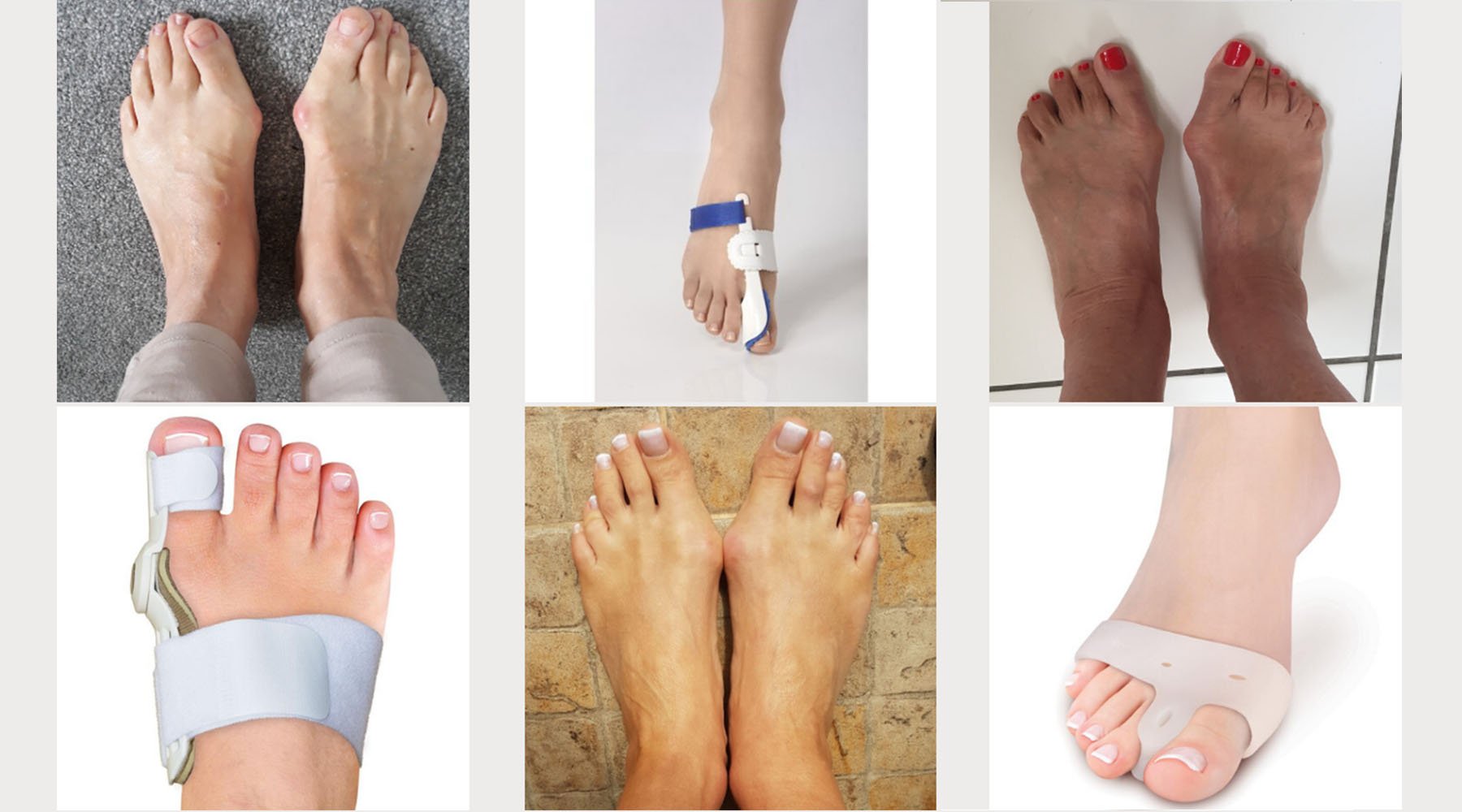
Surgery for Bunions, Hallux Valgus: Pros, Cons and Advice from a Podiatrist
If you are reading this, then chances are you are a part of the bunion family. Bunions can be problematic for many reasons such as pain, the aesthetic of them and the limited options of footwear.
Valuable advice from Ron McCulloh, the principal Podiatric Surgeon and Director of the London Podiatry Centre, will be given throughout this blogpost. Mr. McCulloh’s experience in podiatry and foot operations he has performed make him a true expert in the matter.
Please remember that the advice below is general, and if you are experiencing foot pain you need to see a podiatrist.
There are many ways to take care of your bunions, the most important factor being appropriate footwear for hallux valgus (medical term). If you are interested in the ways you can treat your bunions, do check our blog post on "How to get rid of your Bunions, Hallux Valgus: Myths and Facts".
Eligible Candidates for Surgery
Surgery is an effective way to correct the position of the deviated bone. However, this surgery is one to consider and will not be suggested to everyone affected by bunions.
Why? Surgery for bunions is for candidates who experience significant foot pains, with not being able to walk even with the appropriate footwear. It is also recommended to people who have their big toe overlapping over their other toes, making the toes to cross over. With this type of deviation, it is then made very difficult to find appropriate shoes.
“Little changes” or "minimal surgery" may worsen and fragilise the foot: surgery should be considered for people with significantly painful bunions.

Note that there are different types of bunions, which require different types of surgery. Evaluating your bunion beforehand is crucial to determine what type of surgery will be right for you. This can also avoid the potential “regrowth” of your bunions that can happen after surgery.
The Pros
Relieves pain
Boosts self-confidence
When the big toe crosses over the other toes, this is not only painful but also makes the foot appear deformed. This can affect one’s confidence. Surgery will be able to correct that and make you feel happier with the way your feet look.
Note that if you bunions are not painful, surgery will not be recommended only for aesthetic purposes.
Get Active again
After surgery and the full recovery of the foot, people suffering from painful bunions will be able to resume physical activities without any discomfort.
The Cons
Recovery Period
Depending on your bunion type and surgery, the full recovery period can be up to 6 months. This means that your mobility will be limited for that period of time. This may not be adequate with some people’s lifestyles.
Complications after surgery
Complications may occur after surgery which would affect the full recovery of the foot. It is important to always go to follow-up appointments and warn your surgeon if complications occur, such as the regrowth of the bunion, or unusual swelling.
A Long Process
If you think that getting rid of your bunions with surgery is just popping in the hospital and popping out with shiny brand new feet then you might want to consider the “behind the scenes” of such an operation.
Medical health and podiatry evaluations need to be made before the surgery to assess the grounds. Furthermore, follow-up sessions are recommended to follow through the recovery journey and help if any complications occur.
Have Realistic Expectations
Surgery will not make your feet thinner than they were before; do not expect to be able to squeeze your feet in a pair of pointed high heels. That is in fact not recommended. Your feet will be fragile after such an operation. It is important to carefully follow the advice of your podiatrist for the after-care to ensure a full recovery and diminish the chances of unwanted side-effects.



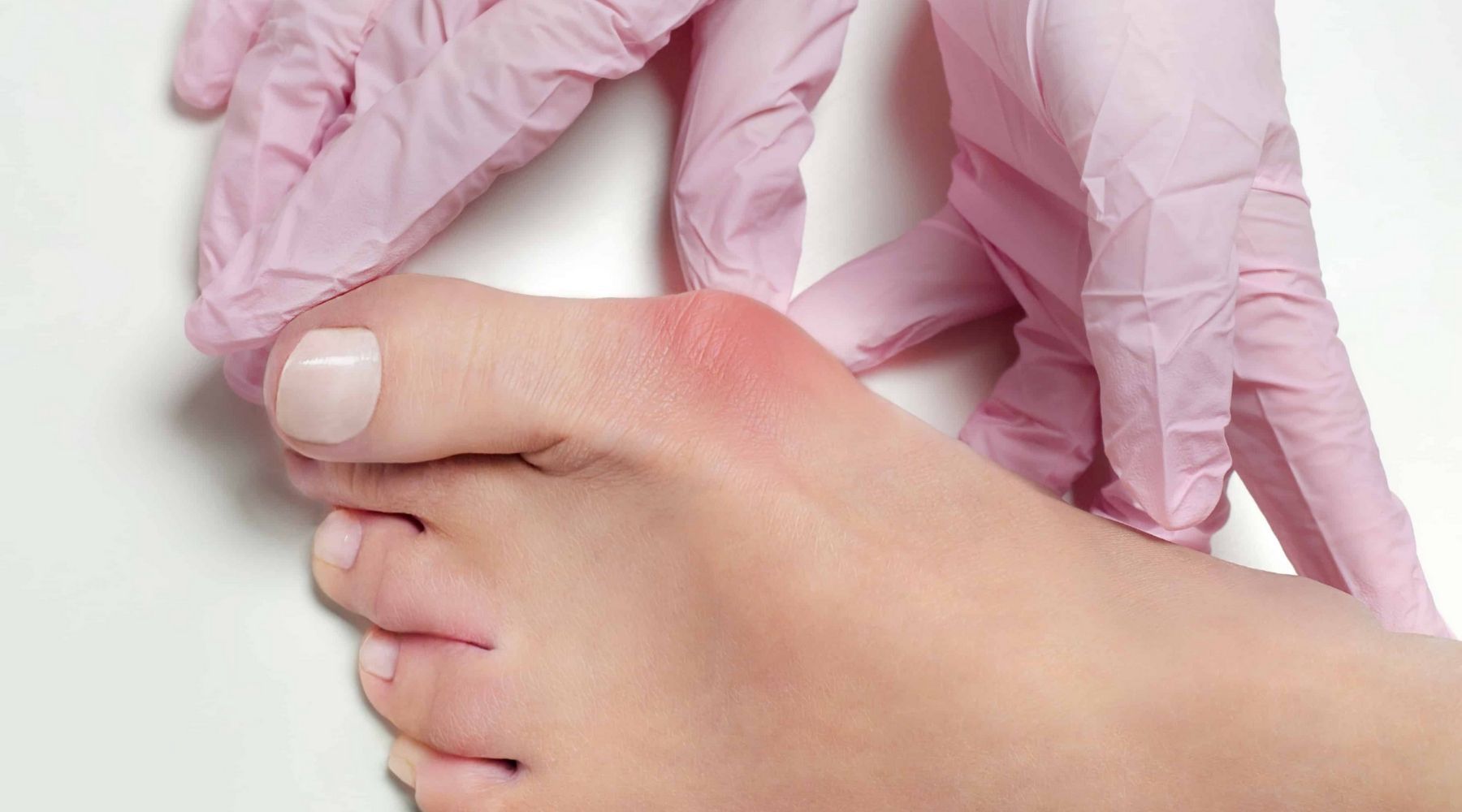
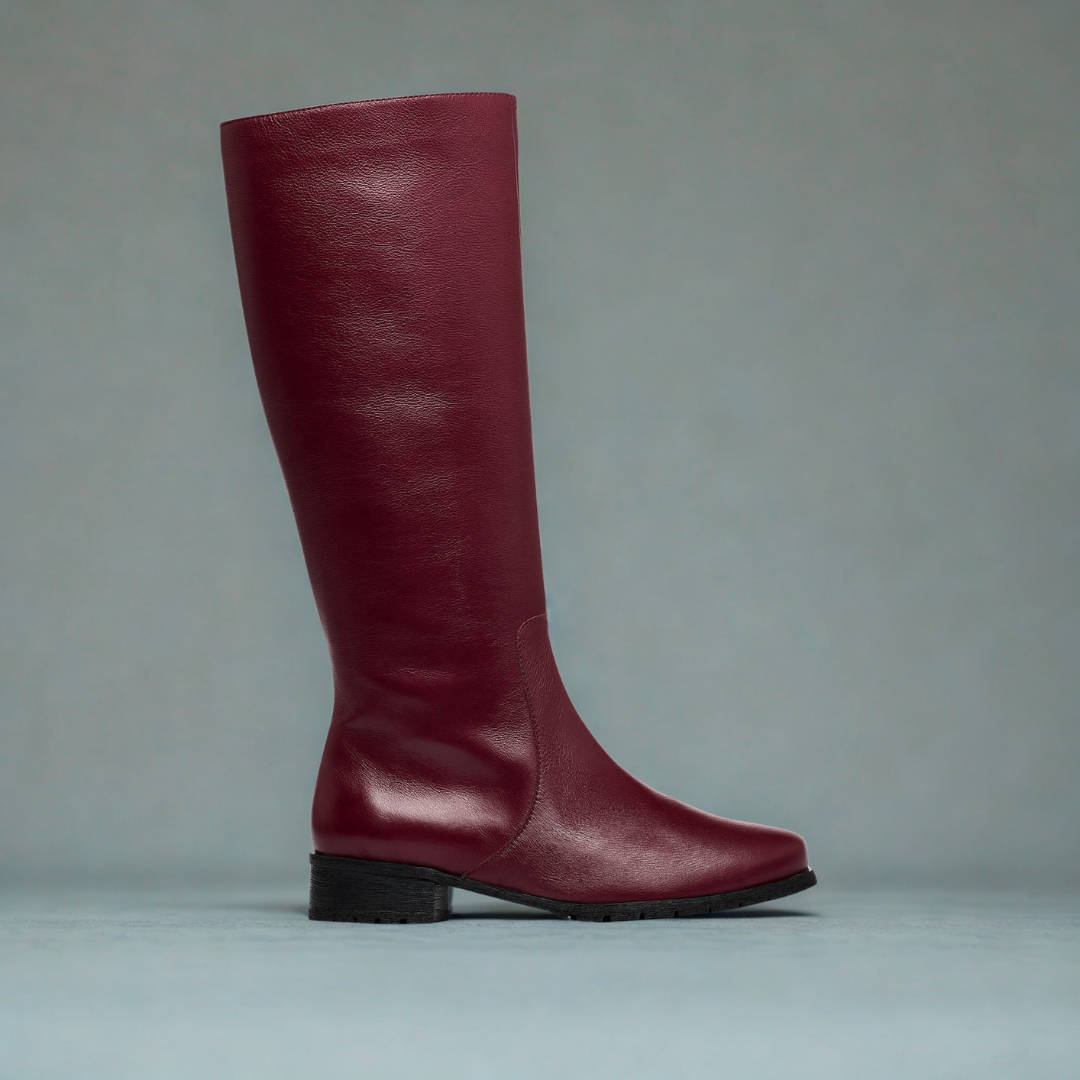

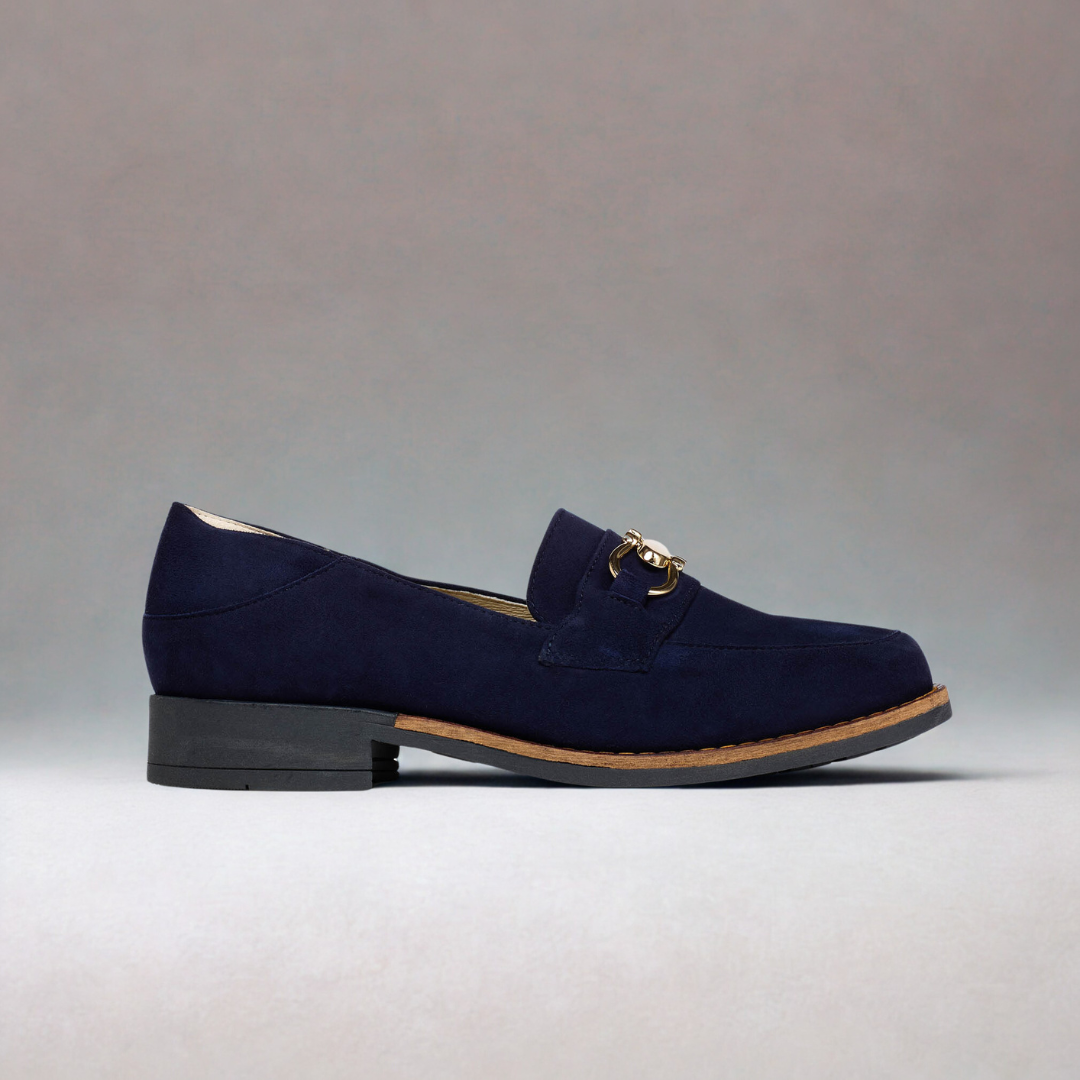



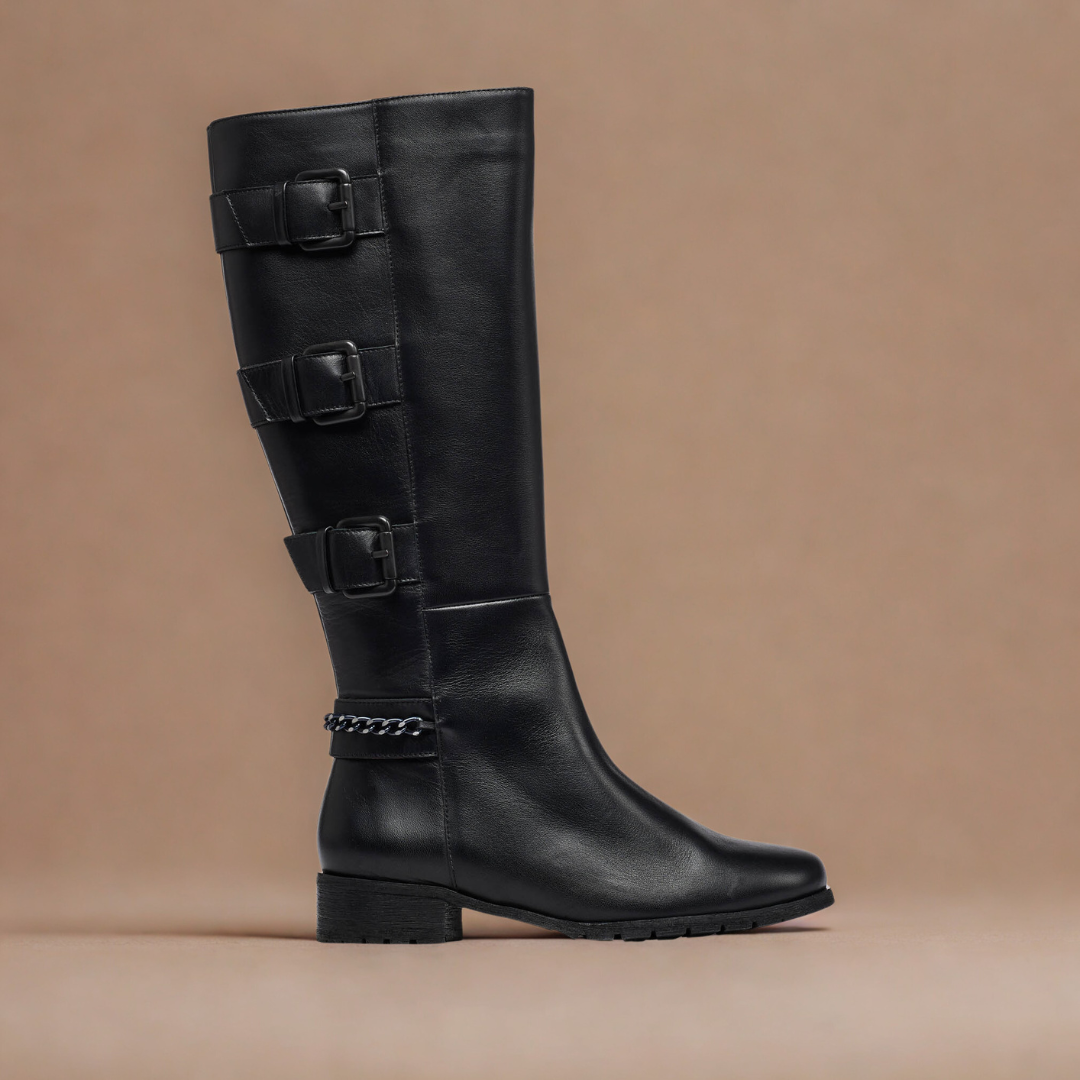

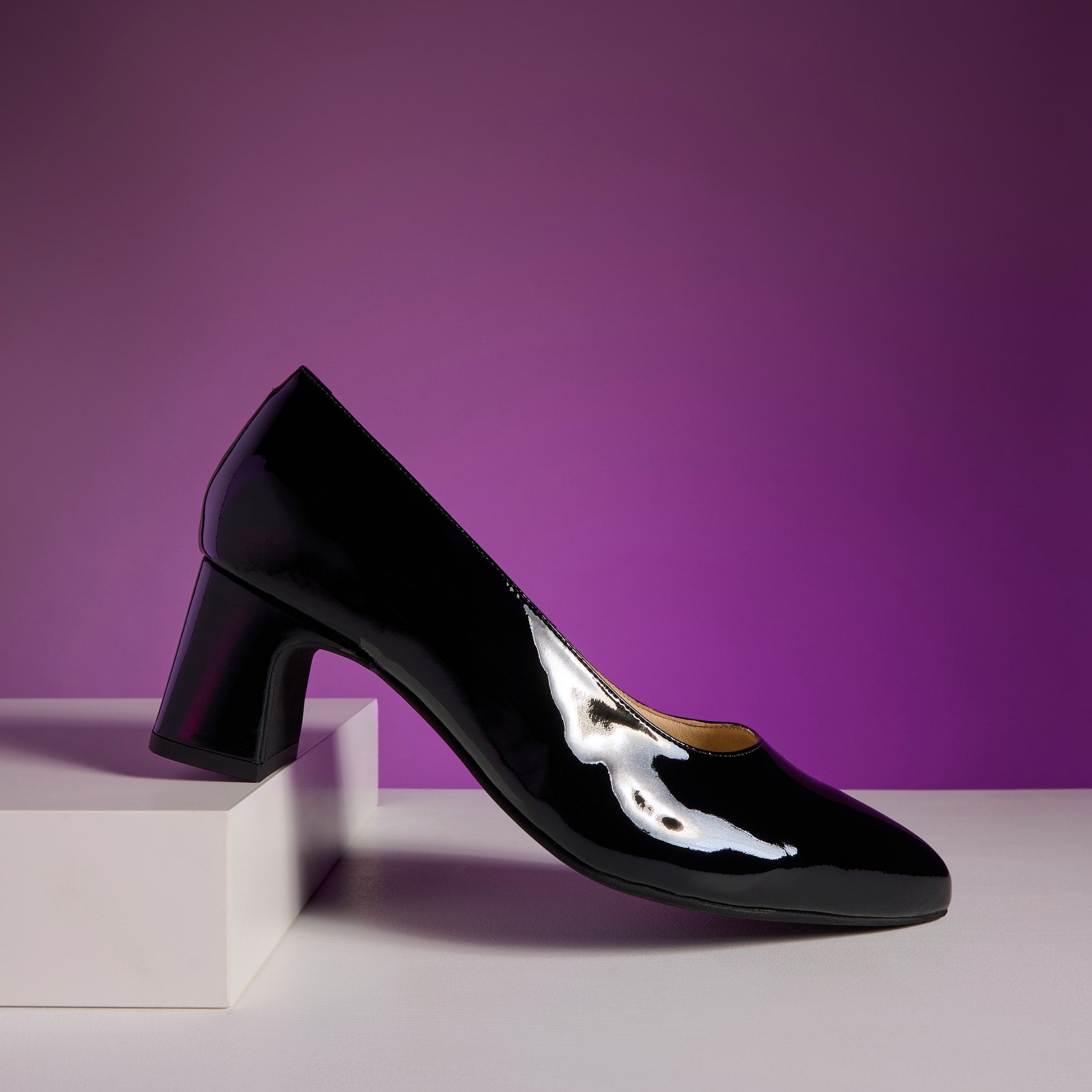
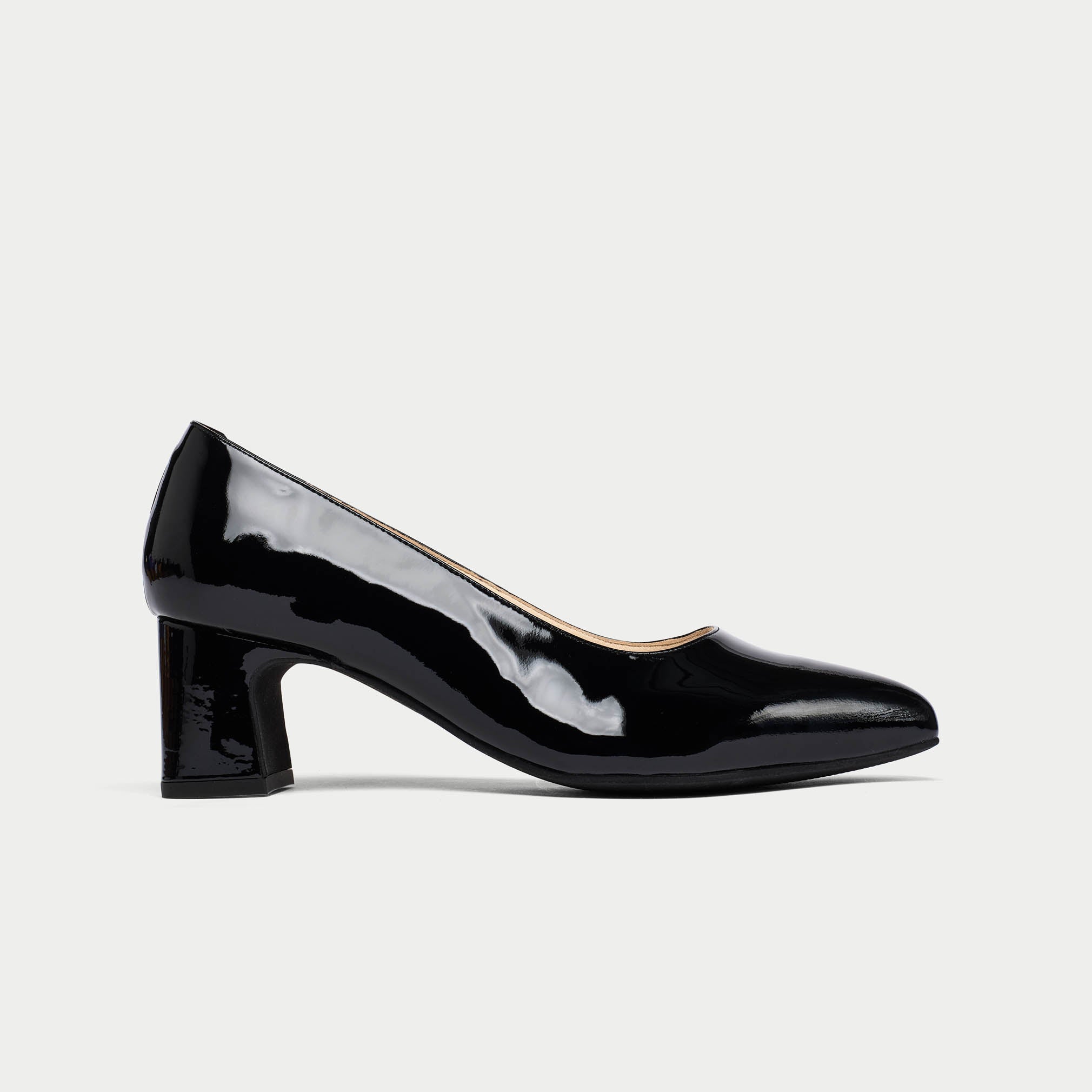
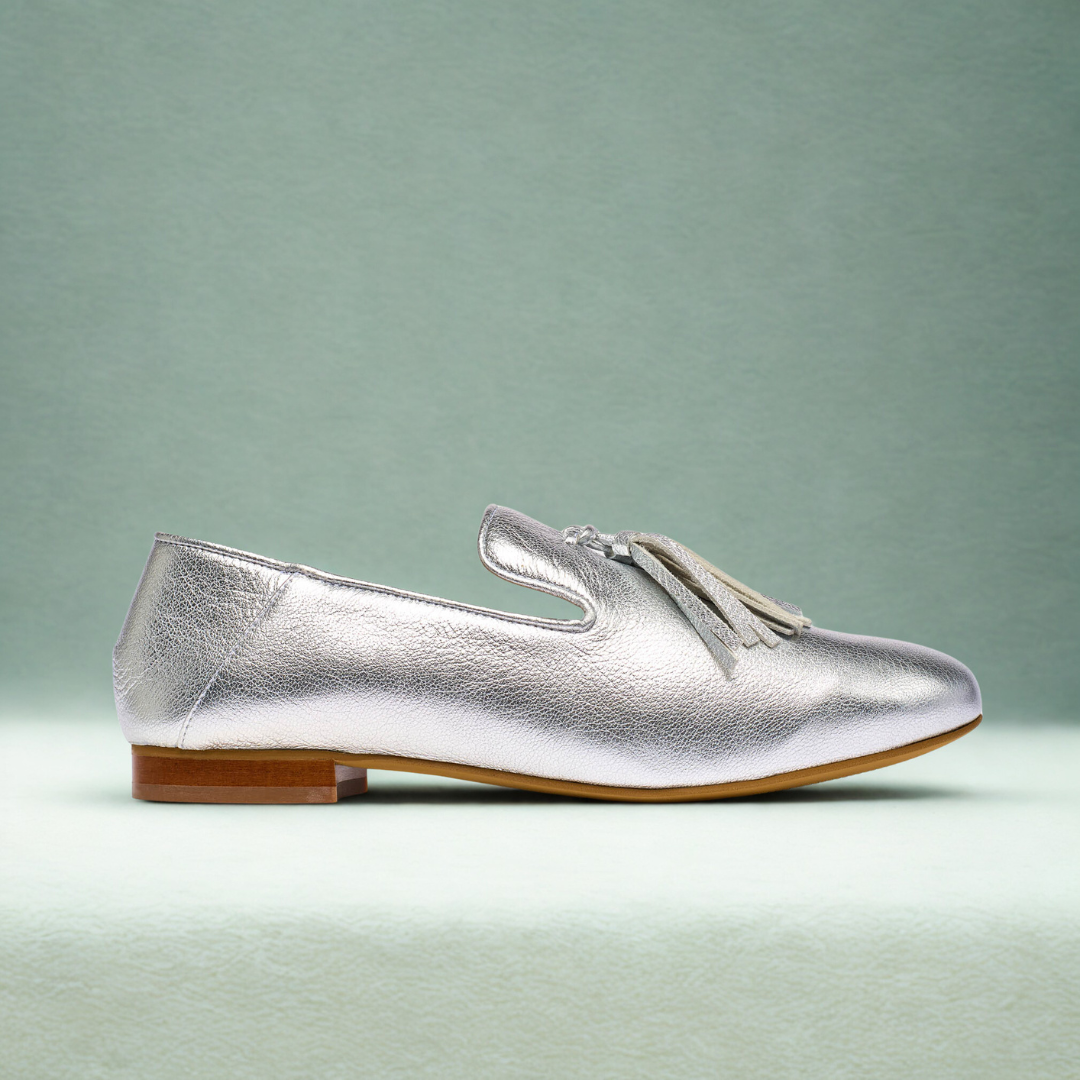
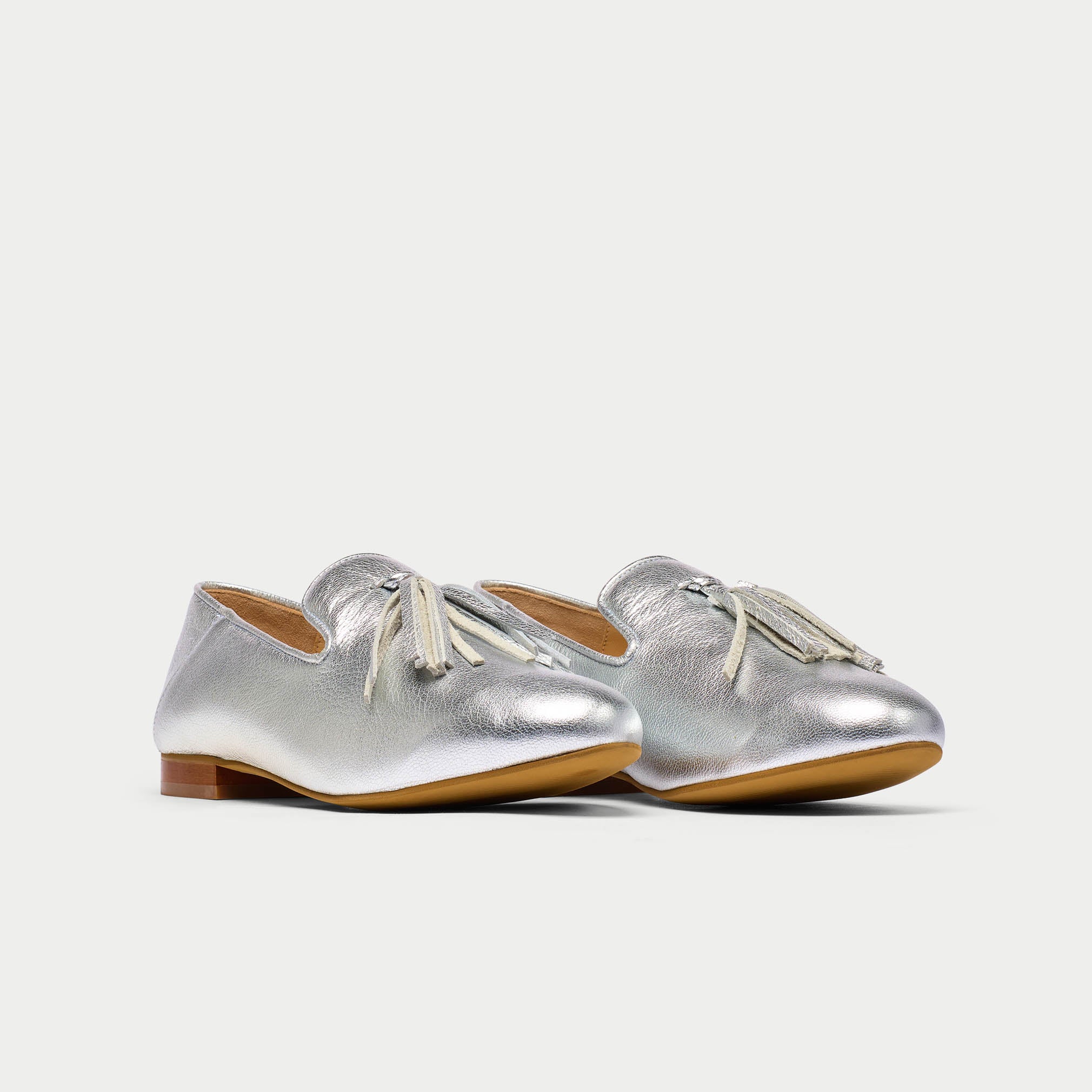
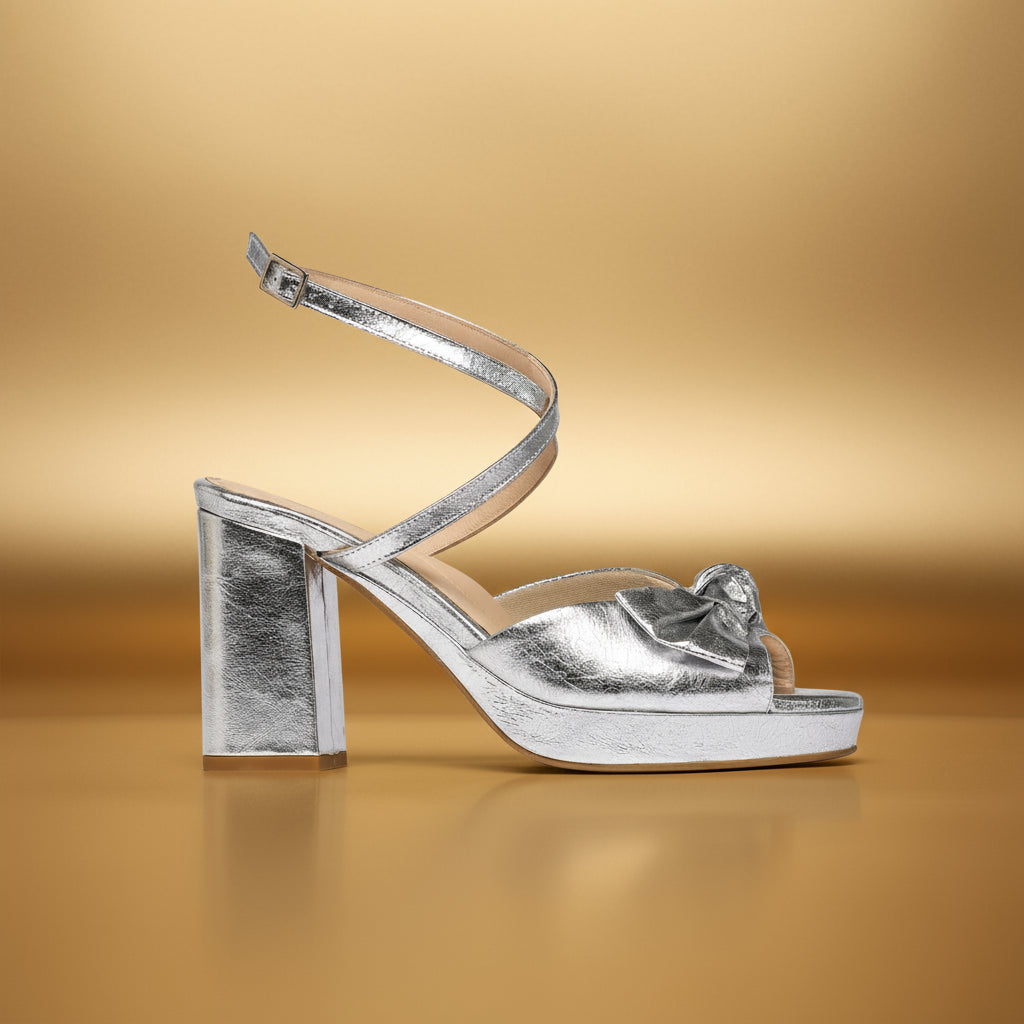
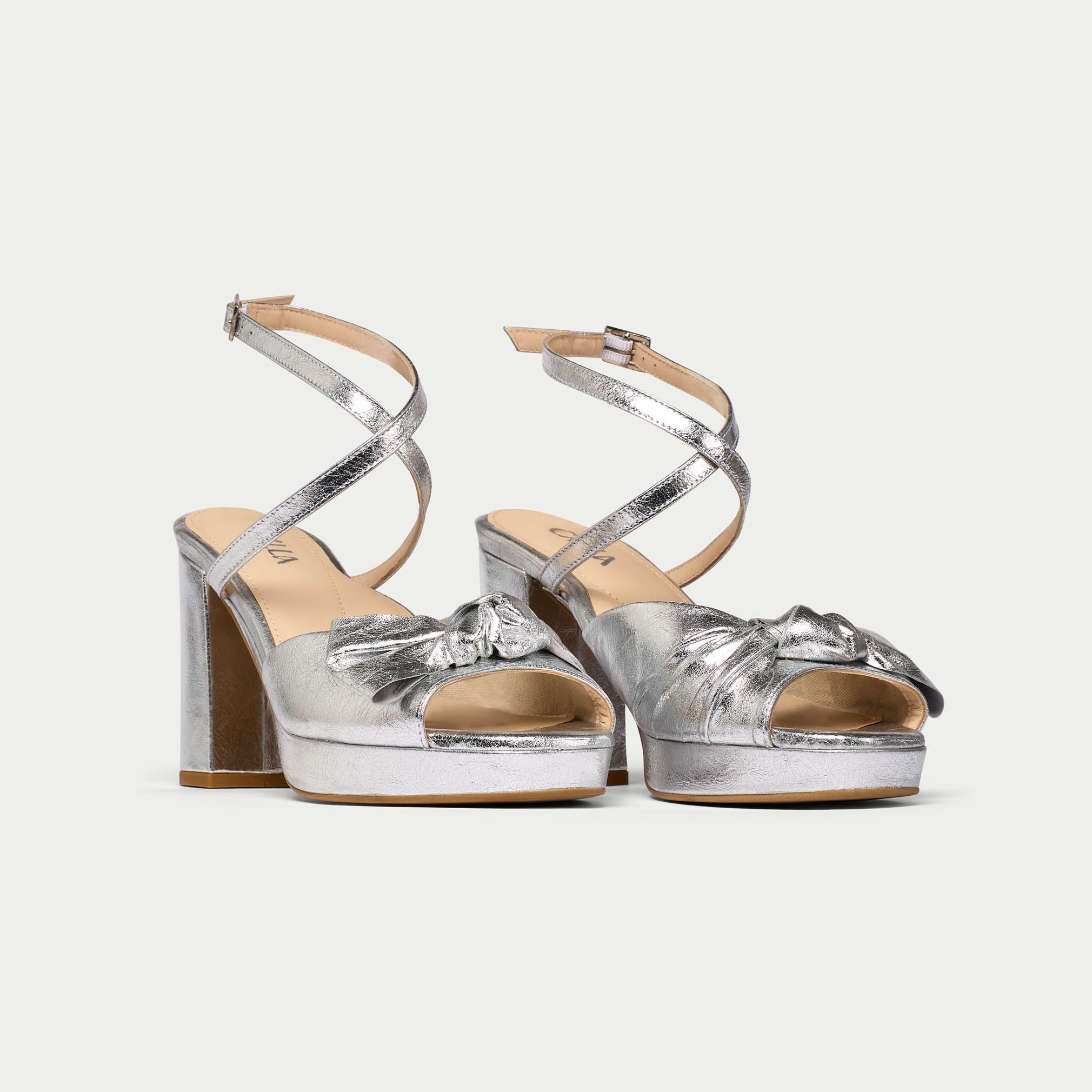
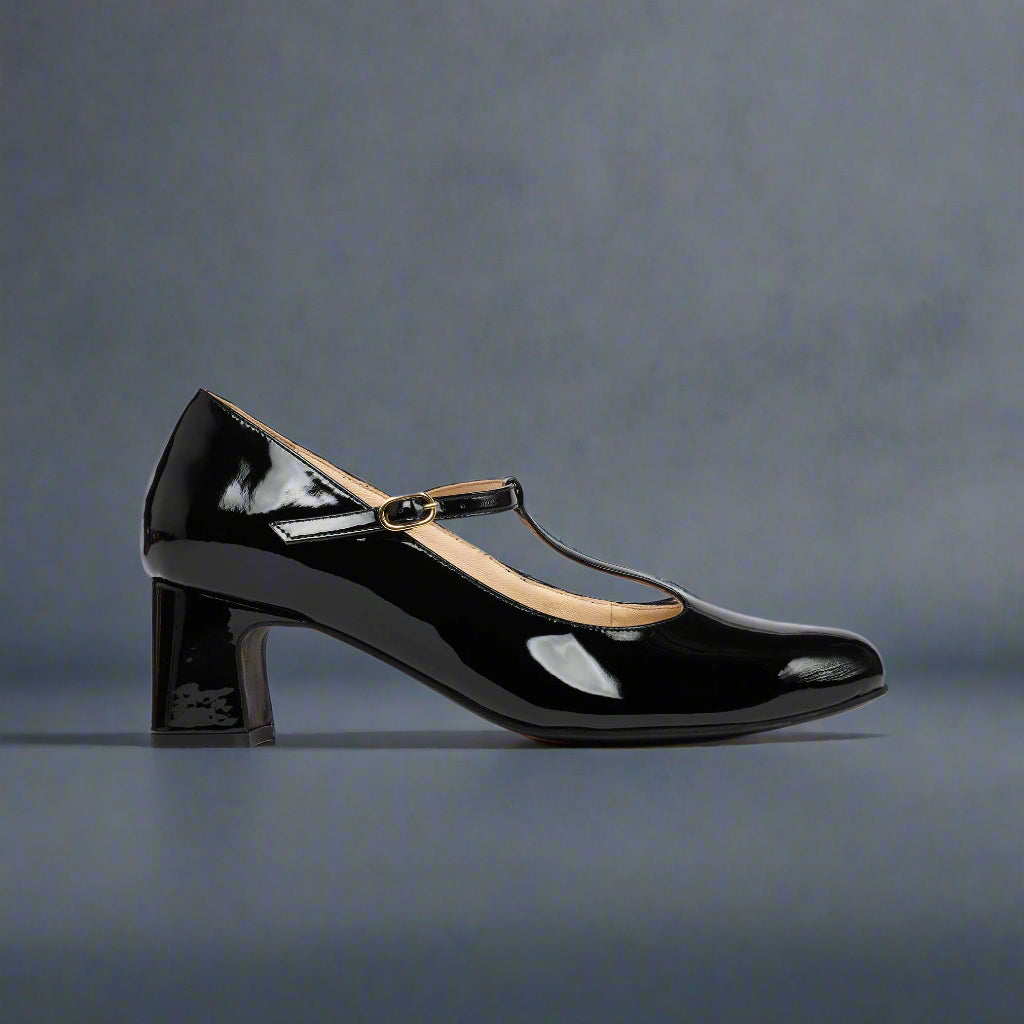
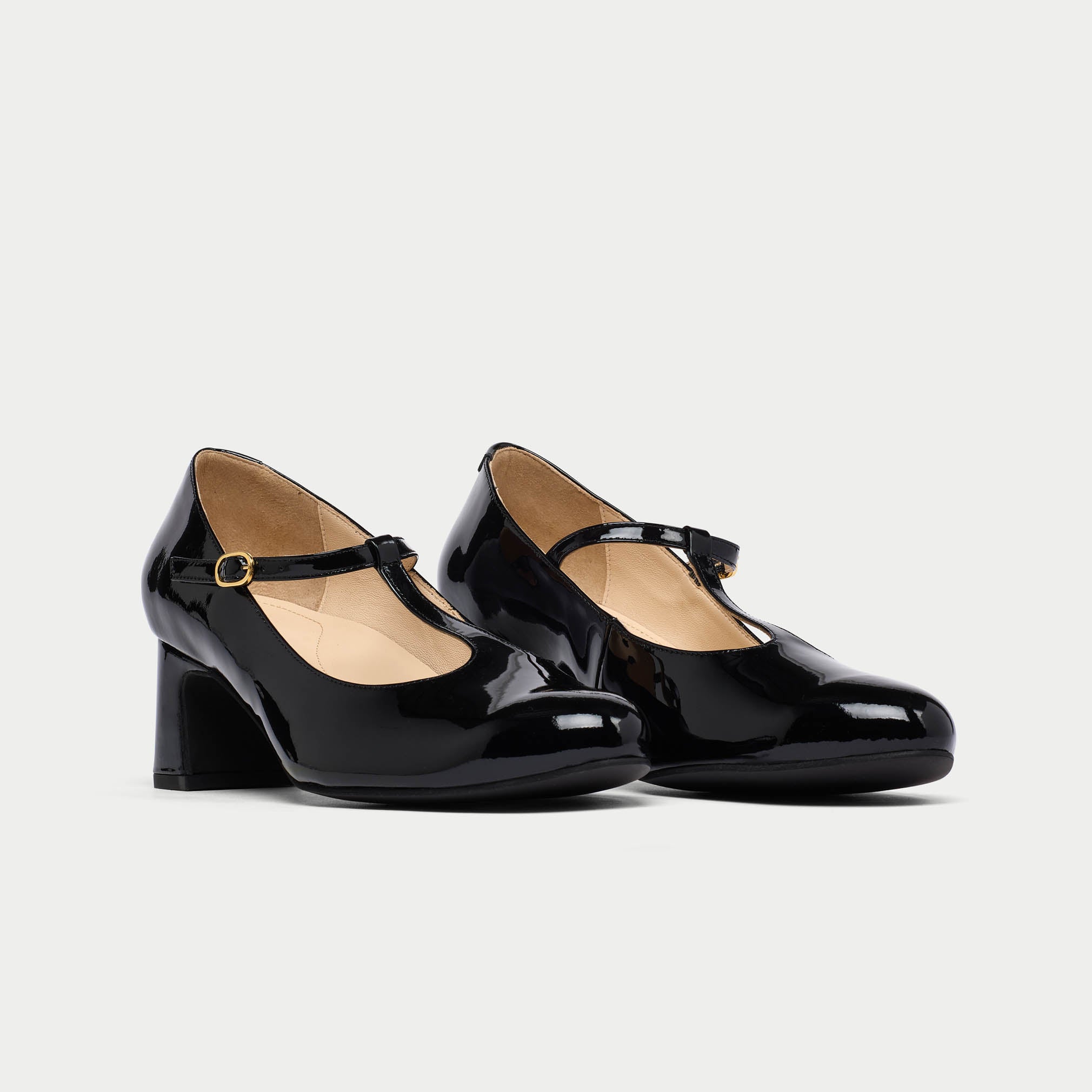
Leave a comment
This site is protected by hCaptcha and the hCaptcha Privacy Policy and Terms of Service apply.